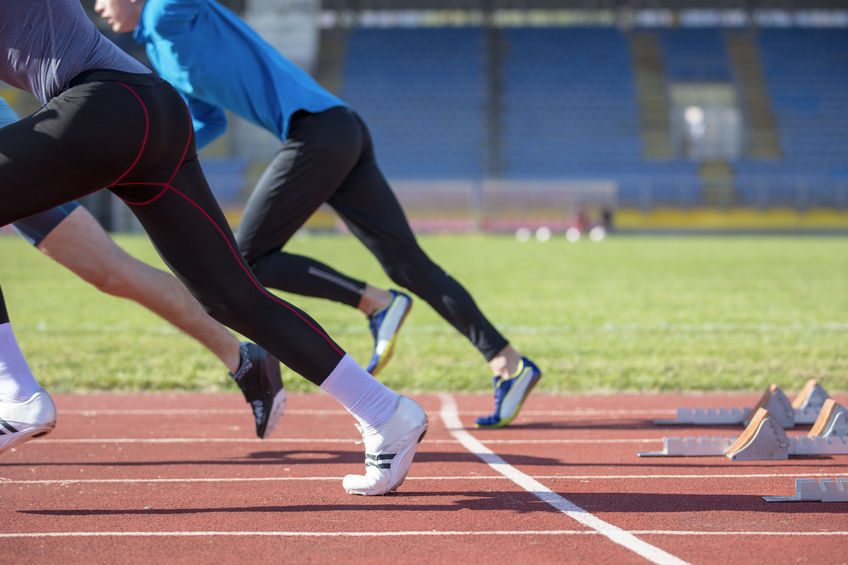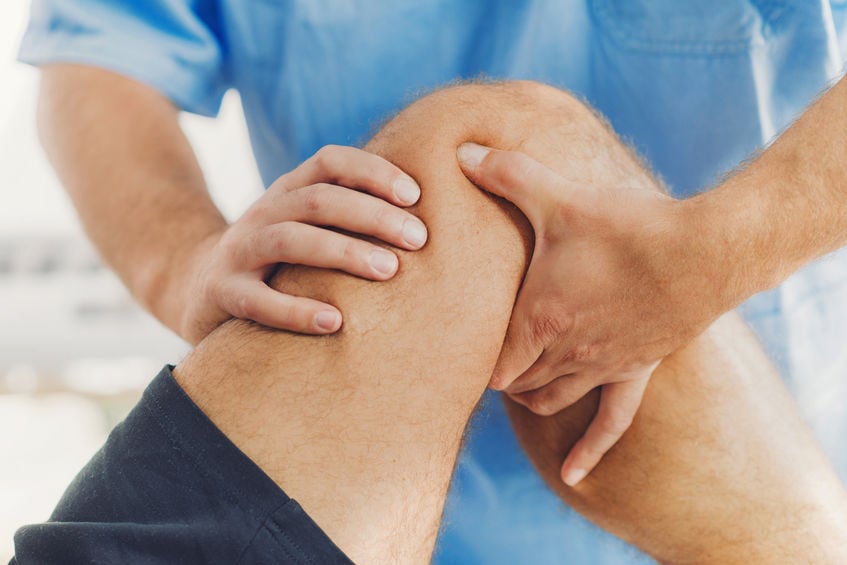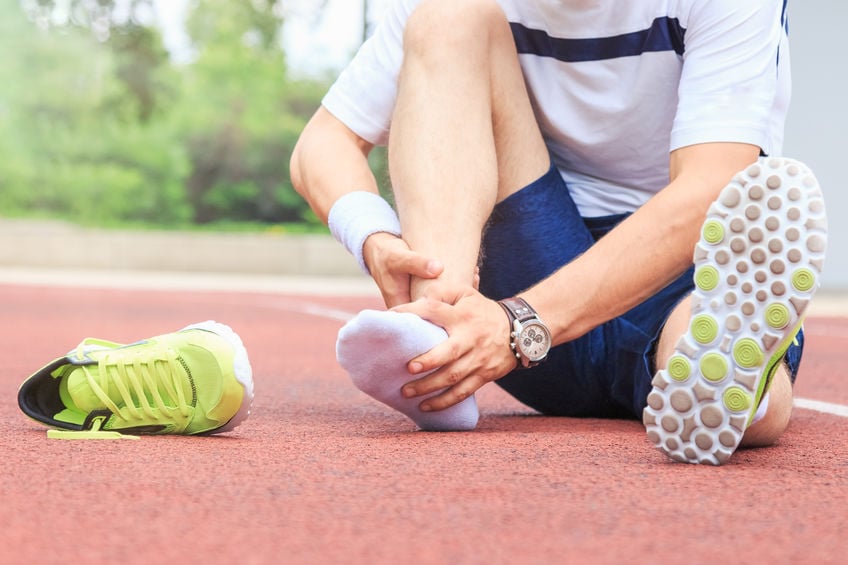The Right Graft For Your New Knee
Located in the knee, the anterior cruciate ligament (ACL) is prone to injury, especially among high-performance athletes. A torn ligament can lead to significant pain, instability, and a decreased ability to engage in physical activities. For severe or complete ACL tears, a full reconstruction is necessary. Reconstruction involves replacing the ligament with a new grafted tendon. The chosen graft plays a crucial role in the overall success of ACL repair. Patients and orthopedic surgeons must carefully consider which graft option is the strongest and most suitable for the long-term performance of the knee.
Types of grafts for ACL repair
There are 3 main types of grafts used for ACL repair. Autografts are grafts harvested from the patient’s body, usually from the patellar tendon or hamstring tendon. These autografts are highly preferred for ACL repair. The body is more likely to accept the joint, leading to improved outcomes. In particular, the 4-strand semitendinosus tendon autograft is considered the most potent and most commonly used autograft for ACL repair. Allografts are grafts obtained from a donor, either a cadaver or a tissue bank. Most allografts are viable for ACL repair but may not be as strong as autografts. Synthetic grafts are a third option made from artificial materials such as polyethylene or polyester. Compared to autografts or allografts, synthetic grafts are less intense or as effective in ACL repair.
Choosing a graft
As patients consider ACL repair options, several factors should be considered when selecting the strongest graft. Important considerations include the patient’s age and activity level. Younger and highly active patients participating in high-demand sports may benefit from autografts due to better stability and durability. Furthermore, the patient’s knee condition and the extent of ACL injury also play a role in graft selection. Patients with multiple ligament injuries or extensive damage to the knee structures may require more potent options, such as autografts or allografts. Another factor to consider is the surgeon’s expertise and preference. Some surgeons may have more experience and success working with certain types of grafts and may recommend such options to patients.
Best practices for ACL reconstruction
During ACL reconstruction, the best practices include careful pre-operative planning and assessing the patient’s knee condition. This consists of thoroughly evaluating the extent of the ACL injury and any accompanying damage to other structures in the knee joint. Once the assessment is complete, the most appropriate graft can be selected. While there are gold standards for ACL reconstruction, patients should still be informed about the trade-offs of each graft option.
Crafting a perfect graft choice
The decision about which graft to use should be carefully tailored to the specific needs and circumstances of the patient. This individualized approach ensures that the chosen graft will improve knee stability, function, and the likelihood of returning to pre-injury activity. Furthermore, post-operative care and rehabilitation are crucial for successful ACL reconstruction. This may include physical therapy (PT) to regain range of motion (ROM) and strength. Additionally, following the surgeon’s instructions for activity modification and rehabilitation protocols can lead to favorable results in ACL reconstruction. Whether opting for an allograft, autograft, or synthetic graft, a stronger knee is possible.



